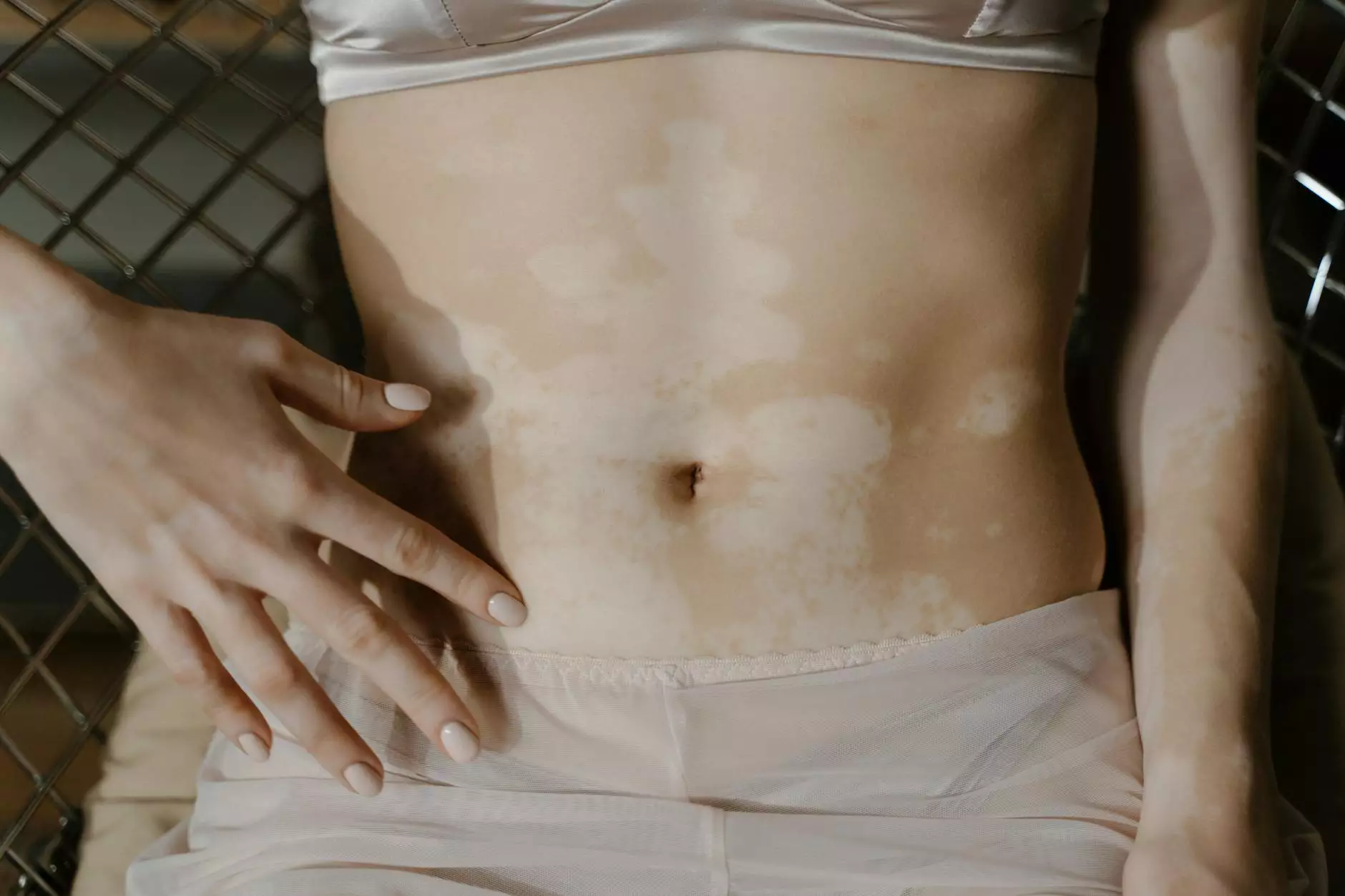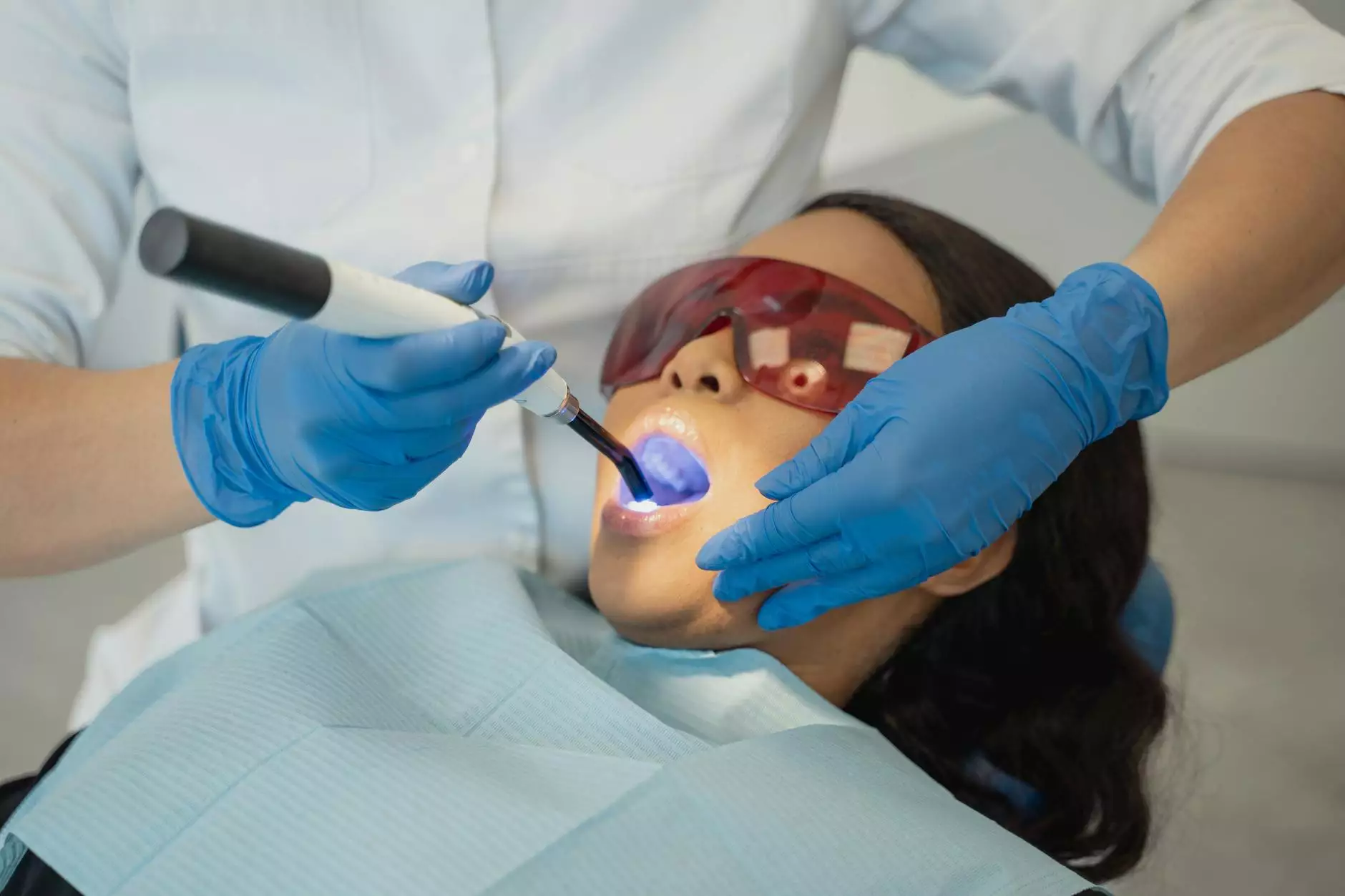Understanding Thigh Discoloration: Causes, Treatment, and Prevention

Thigh discoloration is a common issue that can affect individuals for various reasons. Whether it's due to circulation problems, skin conditions, or lifestyle factors, the appearance of discolored skin on the thighs can lead to concerns about health and aesthetics. In this comprehensive guide, we will explore the numerous causes of thigh discoloration, effective treatment options, and preventive measures to maintain healthy skin. Our focus is not only on understanding this condition but also on taking actionable steps toward better health.
What is Thigh Discoloration?
Thigh discoloration refers to any noticeable change in the skin color of the thigh area. This can manifest as dark spots, patches, or overall changes in skin tone. These alterations can result from a range of factors, including:
- Vascular Conditions: Such as varicose veins which can lead to poor circulation and skin changes.
- Skin Conditions: Conditions like eczema, psoriasis, or dermatitis.
- Hormonal Changes: Often seen in pregnancy or menopause.
- Sun Exposure: UV damage can lead to pigmentation changes.
- Injury or Trauma: Resulting in post-inflammatory hyperpigmentation.
- Medications: Certain drugs can lead to skin discoloration as a side effect.
The Importance of Identifying the Underlying Cause
Identifying the underlying cause of thigh discoloration is crucial for effective treatment. Different causes require different approaches. For instance:
1. Vascular Issues
Conditions like venous insufficiency or deep vein thrombosis can lead to significant changes in skin color due to impaired blood circulation. Individuals experiencing symptoms like swelling, aching, or discomfort in the thighs alongside discoloration should seek medical attention.
2. Dermatological Conditions
Skin diseases may need dermatological assessment for proper diagnosis and treatment. Conditions such as eczema can cause inflammation that leads to discoloration.
3. Hormonal Fluctuations
Hormonal changes, particularly during pregnancy, can cause melasma or other pigmentation issues. These conditions often resolve after hormonal balance is restored.
Diagnosis of Thigh Discoloration
To effectively address thigh discoloration, a proper diagnosis is vital. Here are common methods used by healthcare professionals:
- Physical Examination: A thorough skin examination to identify the nature of the discoloration.
- Medical History Review: Investigating any past medical conditions or medications that could contribute.
- Diagnostic Tests: Blood tests or imaging studies may be necessary to evaluate vascular health.
Treatment Options for Thigh Discoloration
Once the cause of thigh discoloration is established, treatment can begin. Some common treatment options include:
1. Medical Treatments
For vascular-related issues, medical interventions such as:
- Compression Therapy: Wearing compression stockings to improve circulation.
- Medications: Prescribed medications to treat underlying vascular conditions.
- Laser Therapy: Minimally invasive laser treatments can help reduce discoloration.
2. Dermatological Treatments
For skin-related concerns, dermatologists might recommend:
- Topical Treatments: Creams containing hydroquinone or retinoids to lighten dark patches.
- Phototherapy: Light-based treatments for conditions like vitiligo.
- Skin Peels: Chemical peels to improve skin tone and texture.
3. Lifestyle Modifications
Overall health plays a significant role in skin appearance. Consider these lifestyle changes:
- Maintaining a Balanced Diet: Eating a diet rich in antioxidants and vitamins.
- Staying Hydrated: Proper hydration can improve skin health.
- Sun Protection: Using sunscreen with high SPF to prevent sun damage.
- Regular Exercise: Promoting healthy circulation and overall well-being.
Preventive Measures for Maintaining Healthy Thigh Skin
Preventing thigh discoloration is possible with the right practices. Here are some effective measures you can adopt:
1. Skin Care Routine
Implementing a consistent skincare routine can help maintain your skin's health. Here are some tips:
- Use Gentle Cleansers: Avoid harsh soaps that may irritate the skin.
- Moisturize Regularly: Keep the skin hydrated to prevent dryness.
- Exfoliate: Regular exfoliation can remove dead skin cells and promote even skin tone.
2. Awareness of Sun Exposure
Protecting your skin from sun damage is crucial. Consider these approaches:
- Apply Sunscreen: Use a broad-spectrum sunscreen on your thighs when outdoors.
- Avoid Peak Sun Hours: Limit sun exposure during midday when UV rays are the strongest.
3. Regular Health Check-ups
Regular visits to your healthcare provider can help identify potential issues early on. Monitoring conditions like varicose veins is essential for proactive care.
Conclusion
Thigh discoloration is not merely a cosmetic concern; it can reflect underlying health issues that warrant attention. By understanding the causes and embracing preventative measures, you can enhance your skin's health and appearance. Always consult healthcare professionals for accurate diagnosis and tailored treatment options.
For further assistance, you can visit Truffles Vein Specialists, where a dedicated team of experts in vascular medicine is ready to help you regain confidence in your skin health.









